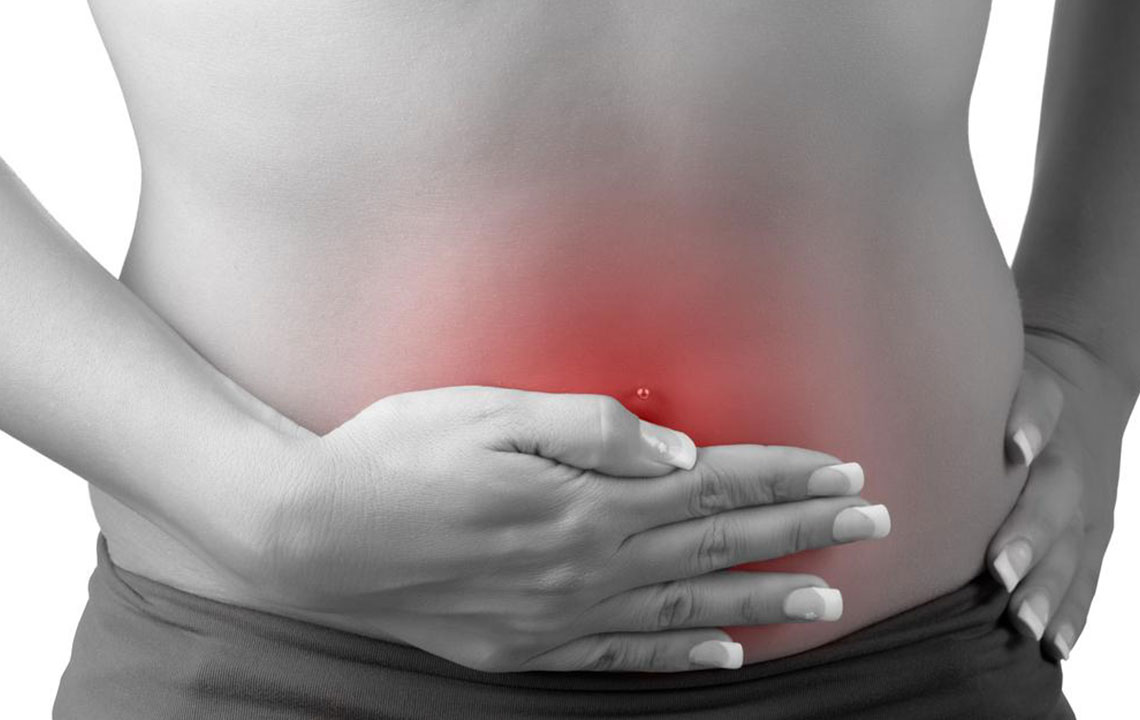Effective Ways to Treat Urinary Tract Infections

Urinary tract infections (UTIs), also known as cystitis, are fairly common, especially among women. In fact, half of all women in the world suffer from a UTI at some point in their lifetimes.
UTIs occur when bacteria, that are usually found in your gastrointestinal tract and pelvic region, enter into your urinary system. The bacteria don’t have much to travel to infect the woman’s bladder. As a result, it causes the inflammation of the bladder. Although UTIs are mostly caused by bacterial infections, they can also be caused by several other factors, such as chemical irritants, fungal infections, foreign bodies (e.g., kidney stones), and trauma.
Symptoms of urinary tract infections
Typically, UTI symptoms include the following:
– Suprabic pain, which is the pain in lower abdomen
– Dysuria, which is pain or a burning sensation upon urination
– Needing to urinate urgently and frequently
– Sometimes, the urine could be bloody or even cloudy
Having said that, the symptoms can differ by age. Infants suffering from a UTI usually develop a fever, become fussy or feed poorly.
Moreover, the elderly might experience fatigue, become incontinent or may even develop dementia.
Urinary tract infection treatment options
Step 1: Diagnosis
The first and foremost step for the treatment of a UTI is a positive diagnosis. According to the diagnosis, the appropriate cure is suggested. There are a few tests for diagnosis of a UTI:
Urine analysis
You might need to have a urine culture taken to be evaluated for a possible infection of your kidneys. Once you get a urinalysis done, there might be signs of Pyuria—the presence of white blood cells in the urine, which can make the urine appear cloudy. Having a couple of WBCs in the urine can be normal, however, if there are more than 5 WBCs per high powered field is considered abnormally high.
Dipstick test
A dipstick test might show the presence of Leukocyte Esterase, which is an enzyme created by Leukocytes (or WBCs). It might also be positive for nitrites, since gram-positive bacteria, such as E. Coli, convert nitrates in the urine to nitrites. However, it’s worth remembering that not all Uropathogens are able to do that
Urine Culture
Finally, a urine culture is the gold standard for diagnosis. It’s considered positive if it contains more than 100,000 colony forming units (CFLs) per milliliter. Although, less than 100,000 CFLs/ml might still indicate an infection, depending on the source of the specimen and the specifics of the clinical scenario.
In case, there is pyuria (presence of pus in urine), but the urine culture doesn’t indicate the presence of bacteria, this is known as sterile pyuria. And it suggests urethritis, i.e. inflammation of just the urethra.
Step 2: Treatment
Antibiotics
Symptomatic UTI usually needs a prescribed antibiotic. The good news is, that your doctor may be able to prescribe the medicine over the phone in case your symptoms seem to be that of a regular UTI.
However, if you’re experiencing fever, abdominal pain, back pain, nausea or vomiting, or if the current UTI is a possible recurrence of a recently treated UTI, you definitely need to see your doctor. The antibiotics cause the symptoms to clear out in a matter of a few days.
Pain relief medicines
Along with antibiotics, pain medication, i.e. analgesics, may also be given as part of urinary tract infection treatments. This numbs your bladder or urethra in order to relieve the painful symptoms.
Staying well hydrated
One of the most effective urinary tract infection treatments is drinking water; drink several glasses of water or other fluids each day. Staying well hydrated flushes out the bacteria before it might try to ascend up the urethra and thus cause any infection.
Get your dose of vitamin C
Including vitamin C in your diet also helps in the treatment of UTIs. A high amount of vitamin C increases the urine’s acidity, thus inhibiting the bacterial growth in the urinary tract.
Eliminate bladder irritants
When you are suffering from a urinary tract infection, foods such as caffeine, spices, alcohol, nicotine, sodas, and artificial sweeteners can further irritate the bladder, making it increasingly difficult for the body to heal quickly. Thus it’s important to give importance to consumption of foods that are healthy, like fiber-rich carbohydrates, which are good for the gut. This will be a part of the urinary tract infection treatments as they can effectively help in providing relief from the pain and discomfort.
Empty that bladder
One of the most effective and easiest urinary tract infection treatment options is to empty the bladder frequently, which is especially relevant for females shortly after intercourse. This prevents the sexually transmitted urinary infections.
Don’t hold it in
Take frequent bathroom breaks even when you’re busy. Holding it in might give bacteria a chance to feel at home in your body. This is also one of the most effective urinary tract infection treatment options.
Wipe it right
Finally, maintaining a good hygiene, i.e., wiping from the urethra to the rectum, prevents the development or aggravation of the condition, thereby facilitating effective urinary tract infection treatment.
These are some of the effective urinary tract infection treatments. Consult your doctor before trying out any medications.


